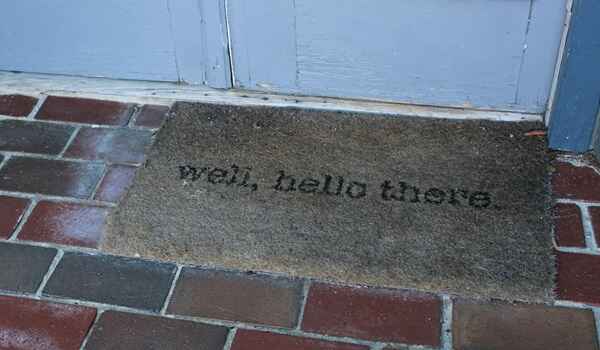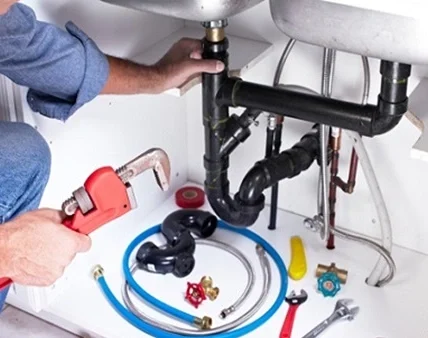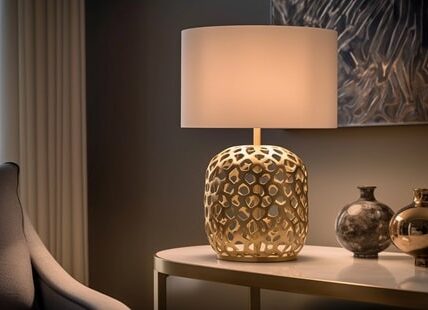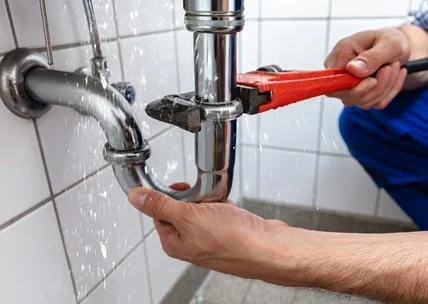An entrance sets the tone for what lies beyond. From the moment a visitor approaches a property, small design elements begin shaping their perception. Door mats are often overlooked in this process, yet they influence the way guests feel before they even step inside.
A well-designed custom door mat greets visitors, signals professionalism, and communicates attention to detail. It also works as a silent ambassador for a brand, showing that the business or homeowner values presentation and care. First impressions form quickly, and a personalised mat can help make them positive.
From Functional to Memorable – The Evolution of Door Mats
Originally, door mats had a single job—remove dirt before it reached interior floors. Traditional mats were purely practical, made from coarse fibres to scrape mud from boots or shoes. Their role was about cleanliness rather than design.
Over time, the purpose expanded. Materials became more refined, colours more varied, and printing technology made it possible to include patterns, text, and logos. Today, a door mat is both a functional cleaning tool and a design feature. Businesses use them to reinforce brand identity, while homeowners use them to express personality or set a particular tone at the entryway.
Customisation has pushed the concept further. Mats can now be produced in shapes that suit irregular entry spaces, colours that match interior décor, and materials that withstand heavy weather while keeping their appearance.
The Branding Advantage of Personalised Door Mats
Branding begins before someone walks through the door. A personalised mat can communicate the name, logo, or style of a business in an immediate, non-intrusive way. For many organisations, it acts as a visual signature at the very first point of contact.
Options for design are broad—full-colour logo printing, high-contrast text, or minimalist designs that integrate with other décor elements. Businesses can align the colour palette with their signage or promotional materials for a consistent presentation.
One example is the custom door mats by Matshop designed for impactful entryways, which combine durable construction with tailored designs that help reinforce a brand’s identity. The mat doesn’t just protect the floor; it works as part of the overall welcome strategy, supporting a professional, cohesive image.
For retail spaces, a branded mat signals quality before any interaction takes place. In office environments, it sets expectations of organisation and order. Even in residential settings, a custom mat with a family name or house number gives visitors a sense of warmth and consideration.
The Psychology of Visitor Perception
Visual cues influence trust, comfort, and engagement. A clean, well-placed custom mat tells a visitor the space they are entering is cared for. People naturally form assumptions from what they see first.
In commercial environments, a mat with brand elements increases familiarity and reinforces recognition. It can make the transition from the outside environment to the indoor space feel intentional and controlled. For high-end hospitality or corporate settings, this attention to detail can increase confidence in the service or product offered.
The opposite is also true—worn, faded, or generic mats can lower expectations. They may signal neglect or lack of attention to presentation, even if the interior is immaculate. The visual impact at the threshold matters more than many realise.
Durability Meets Design – Making a Lasting Impact
A custom mat’s purpose is not just to look good for a few weeks; it should withstand daily use without losing its quality. Material choice matters. For outdoor exposure, mats need weather-resistant fibres and sturdy backings. In high-traffic interiors, dense pile construction maintains appearance while continuing to trap dirt effectively.
Design should not compromise durability. Advanced printing methods allow for sharp, detailed logos that resist fading from sunlight or frequent cleaning. Non-slip backings keep mats in place, reducing trip hazards while preserving a neat presentation.
Businesses investing in quality materials and construction reduce replacement costs over time. A durable, attractive mat continues making a good first impression long after cheaper alternatives have worn out.
Real-World Examples
Hospitality: Hotels often use custom mats at entrances, reception desks, and lifts. A high-end hotel might opt for a deep-pile mat with gold embroidery of the logo, signalling luxury before a guest reaches the front desk. The mat doubles as a functional feature, protecting polished floors from wear caused by rolling suitcases.
Retail: Shops with high foot traffic use personalised mats to promote seasonal campaigns or reinforce their brand colours. A clothing store might change its entry mat design to match the colours of a new collection, keeping the brand experience consistent from the window display to the checkout.
Corporate Offices: Office lobbies often feature custom mats with company names or taglines. This makes the space feel intentional and cohesive, particularly when matched with branded wall graphics and reception décor. It also reassures visitors they’ve arrived at the right location.
Residential: Homeowners use family names, monograms, or welcome messages. These personal touches add warmth and personality while still serving the practical role of keeping dirt out of the house.
Choosing the Right Custom Door Mat
Selecting a mat goes beyond picking a design. Size, material, and placement all affect how well it performs.
Key factors to consider:
- Size: A mat should be wide enough to cover the full width of the doorway and deep enough for at least two steps.
- Material: For outdoor areas, look for mats made with weather-resistant fibres and durable backings. For indoor use, high-absorbency carpet mats help control moisture.
- Backing: Non-slip rubber or PVC prevents the mat from shifting.
- Maintenance: Choose a material that is easy to clean and resistant to staining.
Placement tips:
- Outdoor mats should scrape dirt and moisture from shoes before they reach the interior.
- Indoor mats should be absorbent to capture any remaining moisture.
- In high-traffic areas, consider a two-mat system for maximum effectiveness.
Welcoming Visitors the Right Way
Every detail at an entry point shapes a visitor’s experience. A well-designed custom mat serves both practical and aesthetic purposes. It keeps floors clean, reduces slip risks, and adds a visual element that reflects a brand or household’s character.
Businesses can use them to communicate professionalism before a single word is spoken. Homeowners can make guests feel welcome before they cross the threshold. In both cases, the message is clear—care and attention start at the door.
A custom mat is more than a floor covering; it’s the first chapter in the story a space tells its visitors. Investing in quality materials and a tailored design ensures that chapter makes a lasting, positive impression.

Brandon is the cheif editor and writer at WorldUnfolds.com. With a passion for storytelling and a keen editorial eye, he crafts engaging content that captivates and enlightens readers worldwide.















